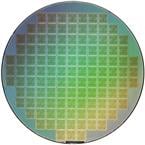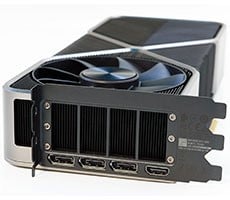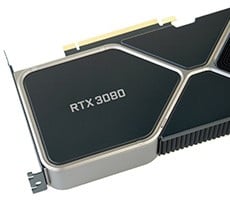GeForce 8800 GTX and GTS SLI Performance Update

A few short weeks ago, NVIDIA unveiled the GeForce 8800 series of graphics cards and the nForce 600 family of core logic chipsets on the very same day. The flagship parts in each of these product categories, the GeForce 8800 GTX and the nForce 680i SLI, made the basis of what NVIDIA has dubbed their "Ultimate Gaming Platform". The feature set and initial testing of the GeForce 8800 series of cards and the nForce 680i SLI chipset definitely gave credence to this title, but at the time of the launch NVIDIA hadn't quite worked all of the kinks out of the G80's early drivers. As such, we only included a handful of preliminary SLI benchmarks in our coverage of the launch.
Since then, however, NVIDIA has released a couple of fresh sets of Forceware drivers for the GeForce 8800 series, so we thought it was a good time to revisit the GTX and GTS to see how a pair of each type of card performed in a dual-GPU SLI configuration. So, armed with dual GeForce 8800 GTX and GeForce 8800 GTS cards, and a top-of-the-line testbed, we set out to do just that...
|
|
NVIDIA GeForce 8800 Series |
| Features & Specifications |
|
NVIDIA unified architecture: Fully unified shader core dynamically allocates processing power to geometry, vertex, physics, or pixel shading operations, delivering up to 2x the gaming performance of prior generation GPUs.
Full Microsoft DirectX 10 Support:
NVIDIA SLI Technology:
NVIDIA Lumenex Engine:
128-bit floating point High Dynamic-Range (HDR):
NVIDIA Quantum Effects Technology:
NVIDIA ForceWare Unified Driver Architecture (UDA):
OpenGL 2.0 Optimizations and Support:
NVIDIA nView Multi-Display Technology:
PCI Express Support:
Dual 400MHz RAMDACs:
Dual Dual-link DVI Support:
Built for Microsoft Windows Vista:
NVIDIA PureVideo HD Technology:
Discrete, Programmable Video Processor: |
Hardware Decode Acceleration:
HDCP Capable:
Spatial-Temporal De-Interlacing:
High-Quality Scaling:
Inverse Telecine (3:2 & 2:2 Pulldown Correction):
Bad Edit Correction:
Video Color Correction:
Integrated SD and HD TV Output:
Noise Reduction:
Edge Enhancement: |
We've already covered the architectural features and benefits of the NVIDIA G80 GPU at the heart of the GeForce 8800 GTS and GeForce 8800 GTX, so we won't go into detail again here. To familiarize yourself with NVIDIA's GeForce 8800 series cards, previous product offerings, and their multi-GPU platform as whole, please take some time to peruse the articles listed below:
- NVIDIA nForce 680i SLI
- NVIDIA GeForce 8800 GTX & GeForce 8800 GTS Launch
- NVIDIA GeForce 7950 GX2 & Forceware Rel. 90
- NVIDIA's PureVideo Technology
- NVIDIA's Multi-GPU Strategy: SLI
The details and performance data in the articles listed above will give you much of the background information necessary to better understand the GeForce 8800 GTX and GTS SLI configurations we'll be showcasing here today. If you're unclear about anything on the proceeding pages, please look back to these articles for a multitude of related details.











